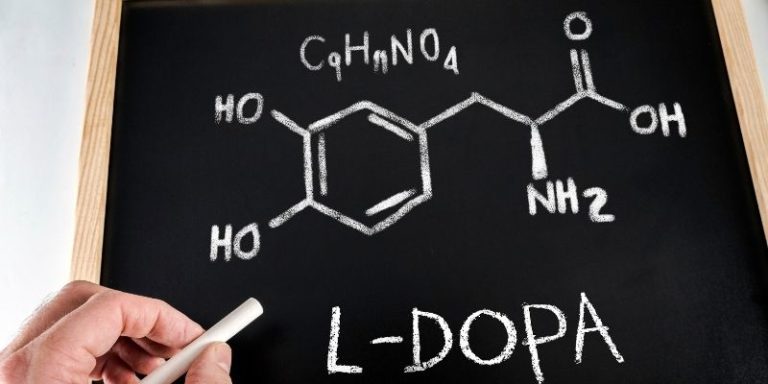
How does L-Dopa help in Parkinson’s disease?
History of the discovery of L-dopa and how levodopa changed the treatment of Parkinson’s disease The introduction of L-Dopa has been a landmark for Parkinson’s disease. Before using L-Dopa, Parkinson’s disease was considered a disabling condition with no effective treatment. Even though different molecules have been extensively tested to treat Parkinson’s disease, L-Dopa’s development was a turning point in neurology and medical research against Parkinson’s. In 1913, young Swiss chemist Markus Guggenheim was the first to isolate L-dopa (precursor of dopamine) from Vicia faba plants. He also conducted a self-experiment where he ingested 2.5 g of L-dopa and felt very nauseous. However, he interpreted it as an unspecified irritation of the gastric mucosa and concluded that L-dopa was mainly ineffective. Lack of dopaminergic neurons in Parkinson’s disease Then, almost 50 years later, Hornykiewicz and his collaborator Ehringer found that dopamine content was significantly reduced in specific parts of the brain of deceased Parkinson’s patients. Knowing Guggenheim’s works, Hornykiewicz initiated the first therapy attempts with L-dopa in Parkinson’s patients, hoping that L-dopa could overcome the blood-brain barrier. He published his results in 1961 together with the neurologist Birkmayer, highlighting the significant improvement in akinesis characterized by the loss of the ability to create muscular movement in Parkinson’s disease patients after L-Dopa administration and its longer-lasting effects. L-dopa is still the gold standard treatment in Parkinson’s disease management However, the medical breakthrough came six years after this first levodopa trial, when Cotzias and collaborators (1967) introduced the chronic, high dose oral levodopa regimen, which is basically still practised today. Currently, there is growing research interest on the neuroprotective effects, its extraction and its efficacity of natural L-Dopa. Unlike synthetic levodopa treatments, treatment enriched in natural L-Dopa significantly restored the endogenous levodopa, dopamine, norepinephrine and serotonin content in the brain (Manyam et al, […]